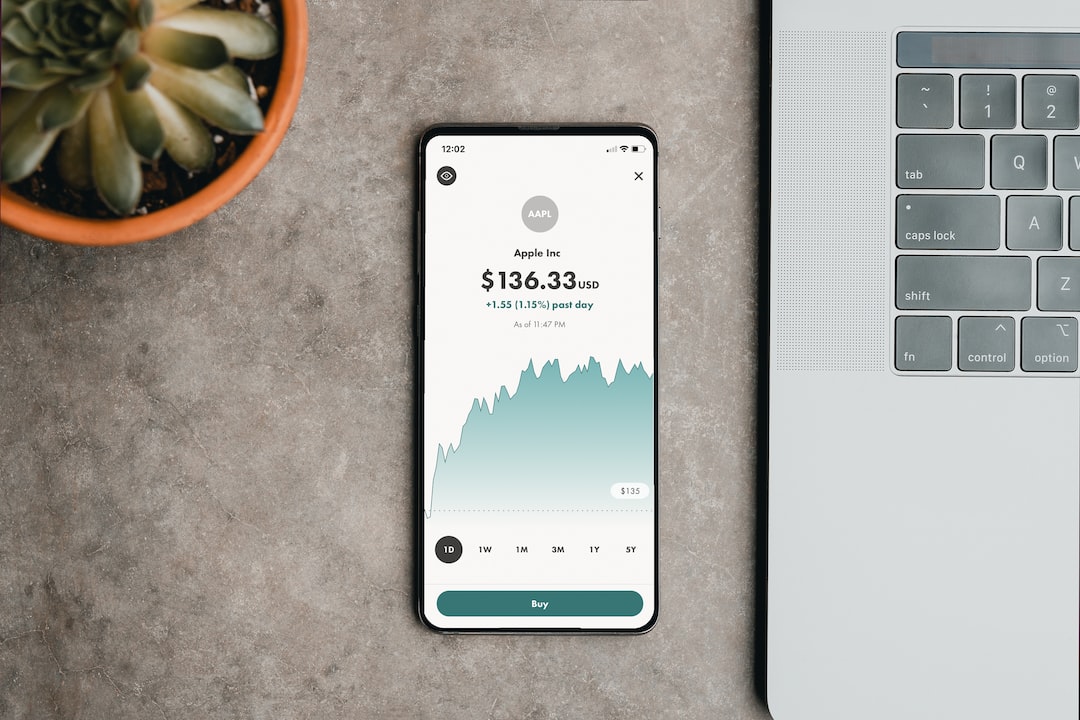Forex trading can be a complex and challenging task, especially for beginners. One of the most important aspects of trading is understanding and interpreting market trends. A forex trend scanner is a powerful tool that can help traders identify and analyze trends in the forex market. In this article, we will discuss how to interpret the forex trend scanner and how it can help traders make more informed trading decisions.
What is a Forex Trend Scanner?
A forex trend scanner is a software tool that analyzes the forex market and identifies potential trading opportunities based on market trends. The scanner uses various technical indicators and algorithms to scan the market and identify trends in currency pairs. It provides traders with real-time data on market trends and helps them identify potential entry and exit points for trades.
Interpreting the Forex Trend Scanner
The forex trend scanner provides traders with a wealth of information about the forex market. However, interpreting this information correctly is crucial to making profitable trading decisions. Here are some key factors to consider when interpreting the forex trend scanner.
1. Trend direction
The first thing to look for when interpreting the forex trend scanner is the direction of the trend. The scanner will indicate whether the trend is bullish (upward) or bearish (downward). This information can help traders identify potential entry and exit points for trades.
2. Strength of the trend
The strength of the trend is another important factor to consider when interpreting the forex trend scanner. A strong trend indicates that the market is moving in a consistent direction, while a weak trend indicates that the market is more volatile and unpredictable. Traders should look for strong trends to make more informed trading decisions.
3. Support and resistance levels
Support and resistance levels are important indicators of market trends. Support levels are price levels where buying pressure is strong, while resistance levels are price levels where selling pressure is strong. These levels can help traders identify potential entry and exit points for trades.
4. Technical indicators
The forex trend scanner uses various technical indicators to analyze the market and identify trends. Traders should understand these indicators and how they are used to make informed trading decisions. Some common technical indicators used by the forex trend scanner include moving averages, MACD, RSI, and stochastic indicators.
5. Market volatility
Market volatility is another important factor to consider when interpreting the forex trend scanner. High volatility indicates that the market is more unpredictable and risky, while low volatility indicates that the market is more stable and predictable. Traders should adjust their trading strategies based on market volatility to minimize risk and maximize profits.
Conclusion
The forex trend scanner is a powerful tool that can help traders identify and analyze market trends. By interpreting the scanner correctly, traders can make more informed trading decisions and increase their chances of success in the forex market. Understanding the direction and strength of trends, support and resistance levels, technical indicators, and market volatility is crucial to interpreting the forex trend scanner. With practice and experience, traders can use the scanner to gain a competitive edge in the forex market.






